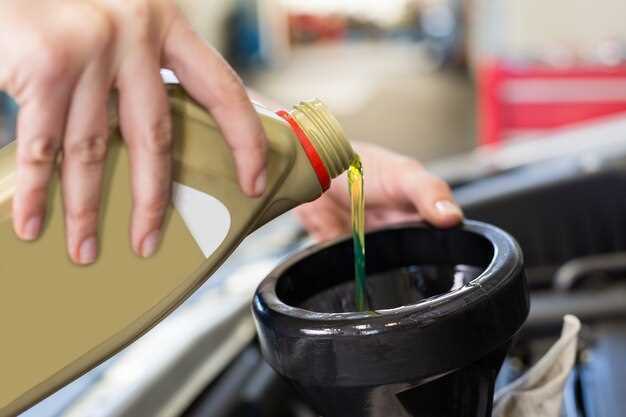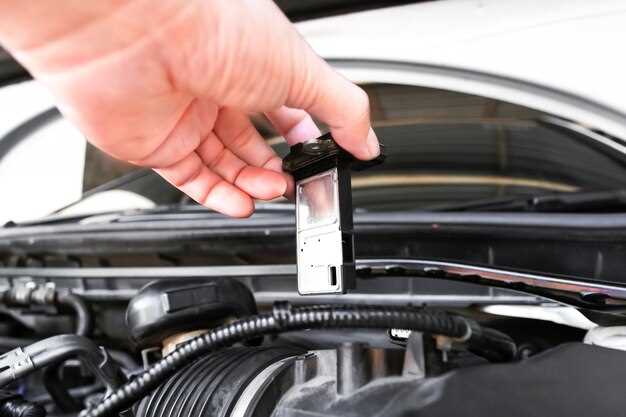
Ensuring the longevity and performance of your Toyota requires regular maintenance, and one of the essential tasks is checking and topping up the various fluids in your vehicle. Fluids play a crucial role in the effective operation of your car’s systems, from coolant and engine oil to brake fluid and transmission fluid. Neglecting these fluids can lead to serious mechanical issues, making it vital for every Toyota owner to understand the importance of fluid maintenance.
Regular fluid checks not only enhance the reliability of your Toyota but also promote safety on the road. A well-maintained vehicle is less prone to breakdowns, which can save you time and money in the long run. A proactive approach to fluid care is key, as it allows you to detect potential problems before they escalate. This guide will provide you with detailed information on how to effectively monitor and replenish the fluids that are essential for your Toyota’s operation.
In addition to safeguarding your vehicle, understanding how to check and top up fluids is an integral part of being a responsible car owner. It reflects your commitment to the longevity of your investment and the safety of yourself and your passengers. Let’s delve deeper into each type of fluid, how often you should check them, and the steps you need to take to ensure your Toyota remains in optimal condition.
How to Check Engine Oil Level in Your Toyota

To ensure optimal performance of your Toyota, regularly checking the engine oil level is essential. Begin by parking your vehicle on a level surface to obtain an accurate reading. Turn off the engine and wait a few minutes to allow the oil to settle in the oil pan.
Next, locate the dipstick, which is usually marked with a bright handle. Pull the dipstick out of its tube and wipe it clean with a lint-free cloth or paper towel. Reinsert the dipstick fully back into the tube and then remove it again to check the oil level.
Examine the oil level on the dipstick, ensuring it falls between the ‘Min’ and ‘Max’ marks. If the oil level is below the minimum mark, you will need to top up with the appropriate engine oil specified in your owner’s manual. It is crucial to use the correct type of oil for your Toyota to maintain engine health.
If the oil appears dark or gritty instead of clear and golden, consider scheduling an oil change soon. Keeping your engine fluids at appropriate levels and in good condition is vital for the longevity and performance of your Toyota.
Procedure for Inspecting and Adding Coolant in Your Toyota
Regular maintenance of fluids is essential for the longevity and performance of your Toyota. Coolant, also known as antifreeze, plays a critical role in regulating engine temperature and preventing overheating. Follow these steps to inspect and add coolant effectively.
Start by ensuring your vehicle is parked on a level surface and the engine is completely cool. Open the hood and locate the coolant reservoir, which is typically a translucent plastic tank. Check the coolant level by examining the markings on the side of the reservoir. The level should be between the “Low” and “Full” marks. If it is below the recommended level, it is necessary to add coolant.
Before adding coolant, identify the appropriate type for your Toyota. Refer to your owner’s manual for specifications regarding the correct coolant type. It’s crucial to use the recommended fluids to ensure optimal engine care.
To add coolant, remove the cap of the coolant reservoir carefully. If the engine has been running, wait until it cools down to avoid any risk of burns due to steam or hot fluids. Pour the coolant into the reservoir until the level reaches the “Full” mark. Take care not to overfill, as this could cause overflow when the engine heats up.
After adding coolant, securely replace the cap on the reservoir and ensure it is sealed properly. Start the engine and allow it to run for a few minutes while checking for any leaks around the reservoir and hoses. If everything appears to be in order, close the hood and monitor the coolant level regularly to maintain engine health.
By following this procedure, you contribute to the efficient operation of your Toyota and safeguard its components from overheating, ensuring your vehicle remains reliable for years to come.
Maintaining Brake and Transmission Fluids in Your Toyota

Proper maintenance of brake and transmission fluids is essential for ensuring the safety and performance of your Toyota. Regular checks and necessary top-ups not only enhance the vehicle’s longevity but also improve its overall functionality.
Brake fluid plays a critical role in ensuring effective braking performance. It is hygroscopic, meaning it absorbs moisture over time, which can lead to decreased efficiency and potential brake failure. Regularly checking the brake fluid level is crucial. If the fluid is low, inspect for leaks in the system. When topping up, ensure to use the manufacturer-recommended type of brake fluid to maintain proper performance. Additionally, it is advisable to replace brake fluid every two years to prevent contamination.
Transmission fluid is equally important, as it lubricates and cools the components of the transmission system. Low levels can result in higher operating temperatures and increased wear. Check the transmission fluid level regularly, and if it appears dark or has a burnt smell, consider a fluid change. When topping up, always use the fluid specified in your Toyota’s owner manual to guarantee optimal operation. Furthermore, replacing the transmission fluid every 30,000 to 60,000 miles helps maintain transmission health and efficiency.
In summary, taking proper care of brake and transmission fluids in your Toyota is vital for safety and performance. Regular checks and top-ups ensure these essential fluids remain at optimal levels, thus supporting the vehicle’s longevity and functionality.
